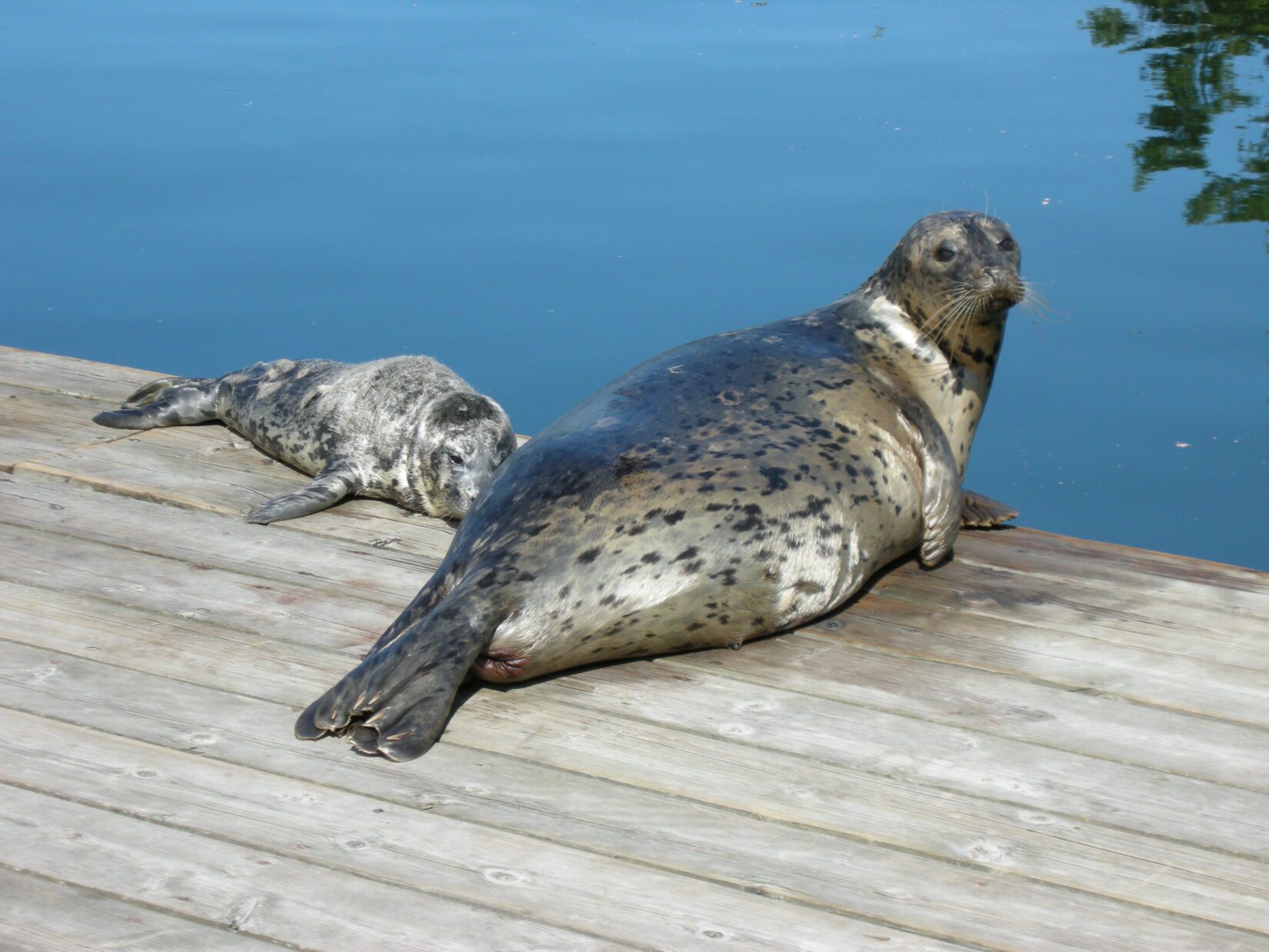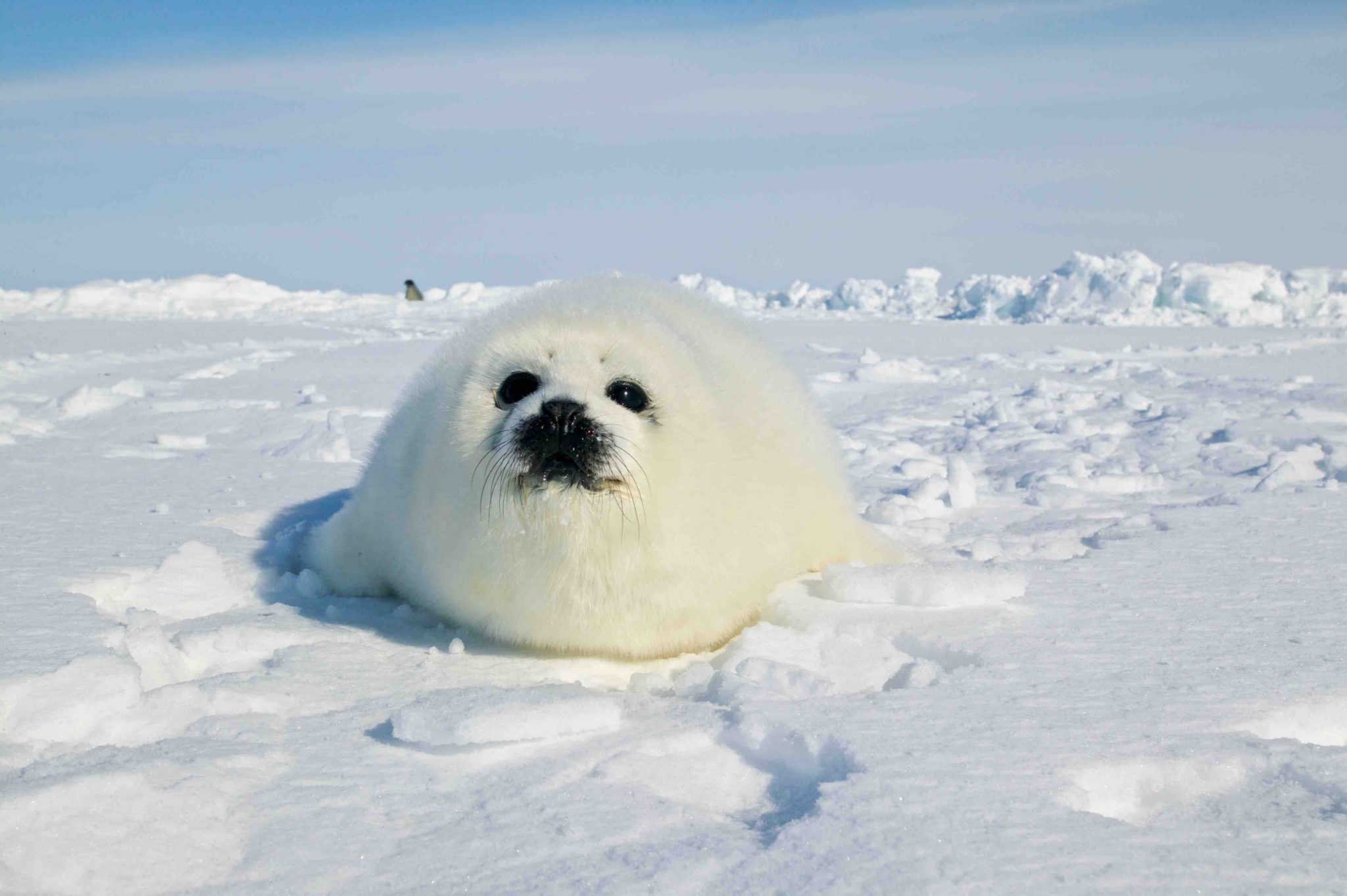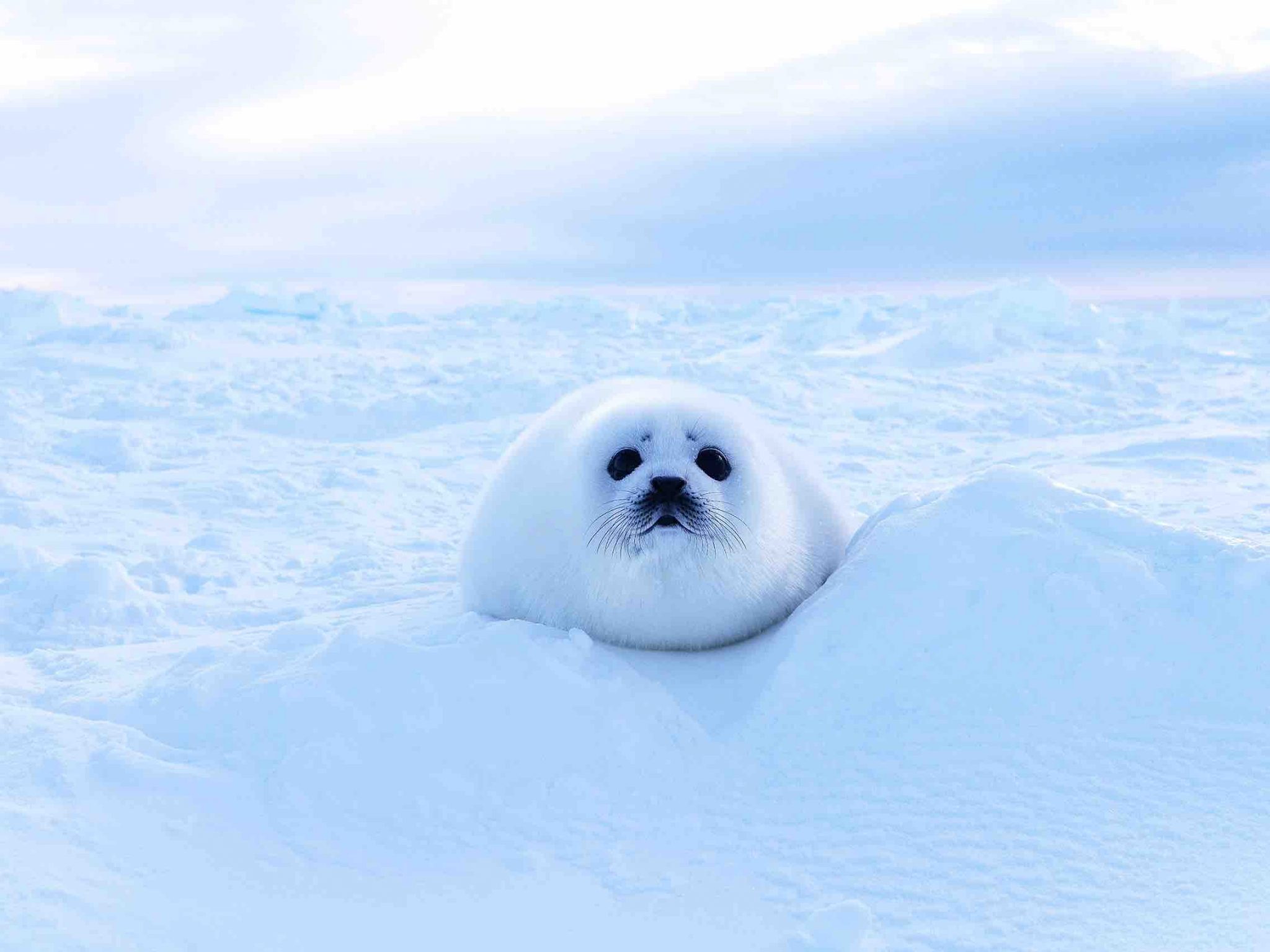Harp Seal Facts: Everything You Need To Know About These Fascinating Creatures
Hey there, animal lovers! If you're diving into the world of Arctic wildlife, you've got to check out harp seals. These adorable creatures are not only cute but also play a significant role in the ecosystem. Harp seal facts are as intriguing as they are important, so let's dive right in and uncover some awesome stuff about these amazing animals. Trust me, you're gonna love this!
Harp seals have been capturing the hearts of nature enthusiasts for years. Known for their striking white fur as pups and their playful nature, they're truly a sight to behold. But there's so much more to these seals than meets the eye. In this article, we'll explore everything from their habitat to their conservation status, and even some lesser-known facts that'll blow your mind.
Now, before we get into the nitty-gritty, let's talk about why harp seals matter. They're not just cute faces in the Arctic; they're vital players in maintaining the balance of marine life. Understanding harp seal facts is key to appreciating their role in the ecosystem and why we need to protect them. So, grab your favorite drink and let's get started!
Table of Contents
- Harp Seal Habitat
- Physical Traits and Characteristics
- What Do Harp Seals Eat?
- Lifespan and Reproduction
- Migration Patterns
- Conservation Status
- Threats to Harp Seals
- Interesting Harp Seal Facts
- Human Interaction and Harp Seals
- FAQ About Harp Seals
Harp Seal Habitat
Harp seals are primarily found in the icy waters of the North Atlantic and Arctic Oceans. These seals are highly adaptable to cold climates, and their habitat often includes floating ice sheets and coastal areas. They're commonly spotted in regions like Greenland, Canada, and Norway. The Arctic environment provides them with everything they need to thrive, from food sources to breeding grounds.
Why Do Harp Seals Love Ice?
Ice is crucial for harp seals, especially during their breeding season. The white ice sheets serve as a perfect backdrop for their newborn pups, who are born with white fur. This natural camouflage helps protect them from predators. Plus, the ice offers a stable platform for nursing and resting.
Fun fact: Harp seals can travel thousands of miles during migration, moving between breeding and feeding grounds. Their habitat is dynamic, and they adjust their movements based on ice conditions and food availability.
Physical Traits and Characteristics
Harp seals are medium-sized pinnipeds, and their physical traits make them stand out in the animal kingdom. Adult harp seals typically weigh between 250 to 300 pounds and can grow up to six feet in length. One of their most distinctive features is the dark harp-shaped marking on their backs, which gives them their name.
Adaptations for Cold Weather
These seals have a thick layer of blubber that keeps them warm in freezing temperatures. Their fur is dense and waterproof, providing additional insulation. And let's not forget their flippers, which are perfect for swimming and navigating icy waters. Harp seals are true survivors in the Arctic wilderness.
What Do Harp Seals Eat?
Harp seals are carnivorous and have a varied diet that includes fish and crustaceans. Some of their favorite meals are cod, herring, capelin, and shrimp. They're skilled hunters, using their sharp teeth and keen senses to catch prey. Harp seals can dive deep into the ocean, sometimes reaching depths of over 1,000 feet, to find food.
How Often Do Harp Seals Eat?
These seals are opportunistic feeders, meaning they eat whenever food is available. During the winter months, when food is scarce, they rely on their blubber reserves to survive. Their ability to fast for extended periods is a testament to their resilience.
Lifespan and Reproduction
Harp seals have a relatively long lifespan, living up to 30 years in the wild. Their reproductive cycle is fascinating, with females giving birth to a single pup each year. The breeding season typically occurs in late winter, and the pups are born on the ice.
Pupping Season
During pupping season, harp seal mothers stay close to their pups, nursing them for about 12 days. This short nursing period is intense, as pups gain weight rapidly. Afterward, the pups are left to fend for themselves while the mothers return to the sea to feed.
Migration Patterns
Harp seals are known for their incredible migration journeys. They travel vast distances between their breeding and feeding grounds, often covering thousands of miles. These migrations are driven by the need to find food and suitable ice conditions for breeding.
How Do Harp Seals Navigate?
Scientists believe that harp seals use a combination of environmental cues, such as the Earth's magnetic field and ocean currents, to navigate. Their ability to find their way back to the same breeding grounds year after year is nothing short of remarkable.
Conservation Status
While harp seals are not currently considered endangered, they face several threats that could impact their population. The International Union for Conservation of Nature (IUCN) lists them as a species of least concern, but conservation efforts are still crucial.
Why Are Harp Seals Important?
Harp seals play a vital role in maintaining the balance of marine ecosystems. They help control fish populations and are a food source for larger predators like polar bears. Protecting harp seals is essential for preserving the Arctic environment.
Threats to Harp Seals
Harp seals face numerous threats, both natural and human-induced. Climate change is one of the biggest challenges they encounter, as it leads to the loss of sea ice, which is critical for their survival. Overfishing and pollution also pose significant risks to their habitat and food sources.
What Can We Do to Help?
Conservation efforts, such as reducing greenhouse gas emissions and promoting sustainable fishing practices, can make a big difference. Supporting organizations that focus on Arctic conservation is another way to contribute to protecting harp seals and their habitat.
Interesting Harp Seal Facts
Here are some cool facts about harp seals that might surprise you:
- Harp seal pups are called "whitecoats" due to their fluffy white fur.
- They can hold their breath for up to 15 minutes while diving.
- Harp seals communicate using a variety of vocalizations, including barks and grunts.
- They have an excellent sense of smell, which helps them locate prey and avoid predators.
Human Interaction and Harp Seals
Humans and harp seals have a complex relationship. While some people admire and protect these creatures, others hunt them for their fur and blubber. The commercial hunting of harp seals has been a controversial topic for decades.
Is Harp Seal Hunting Still Allowed?
Yes, in some countries like Canada, harp seal hunting is still legal under certain regulations. However, many organizations advocate for stricter controls and more humane practices. Raising awareness about the importance of harp seals can help change public perception and promote conservation.
FAQ About Harp Seals
How Big Do Harp Seals Get?
Harp seals can grow up to six feet long and weigh between 250 to 300 pounds.
What Is the Harp Seal's Natural Enemy?
Polar bears, killer whales, and sharks are the main predators of harp seals.
Are Harp Seals Endangered?
No, harp seals are not currently endangered, but they face threats such as climate change and overfishing.
How Can I Help Protect Harp Seals?
You can support conservation organizations, reduce your carbon footprint, and advocate for sustainable practices to help protect harp seals and their habitat.
Kesimpulan
Well, there you have it, folks! Harp seals are not just adorable creatures but also vital members of the Arctic ecosystem. From their impressive migration patterns to their unique physical traits, harp seal facts are both fascinating and educational. By understanding their role in the environment and the challenges they face, we can all play a part in ensuring their survival for future generations.
So, what do you think? Are you inspired to learn more about these amazing animals? Leave a comment below and share this article with your friends. Together, we can make a difference in protecting the incredible world of harp seals. Stay tuned for more exciting wildlife content!

10 Harp Seal Facts for Kids

10 Harp Seal Facts for Kids

10 Harp Seal Facts for Kids